Mole Removal Treatment London
Moles are extremely common and often harmless that can be easily removed with Rejuvence Clinic mole removal treatments in London. However, a small proportion of moles can be a form of skin cancer and it is very important to recognise this early on. Moles that tend to be of concern are those that have changed recently. This is especially important if they have changed in terms of size, if they have become darker or if they are starting to feel itchy or bleed. Caucasians have a higher risk of moles turning nasty. If you are concerned that you have a mole that has changed recently it is very important to have this looked at.
What are moles?
Moles are a type of lesion that can occur on any part of the body. Moles are usually darker than the surrounding skin and this is because they are the result of large amounts of melanin concentrated in a single area. Melanin is what gives us our skin colour and is produced by cells called melanocytes. The more melanin we have the darker our skin complexion. At any one time an adult can typically have between 10 to 40 moles on their body.
What do they look like?
Apart from their darker colour, moles can be flat or raised. This varies between individuals and ethnicities. They are not painful or irritating unless that are on areas of the body where they can catch on clothing – for example on the back in and around bra straps. In addition moles tend to occur more commonly on areas of the body that are exposed to the sun. Hence, it is quite common to get moles on the face, arms, chest and back.

What is the best way to have my mole removed?
The removal of moles is dependent on a number of factors. The size, location and whether it is flat or raised can all impact on what the best technique is to have your mole removed. Often, the best technique for the removal of moles is to have them cut out – also known as excision. Although this sounds gruesome, this usually results in the quickest recovery and repeat treatments are often not necessary. Excision of moles can be carried out using a number of different methods.
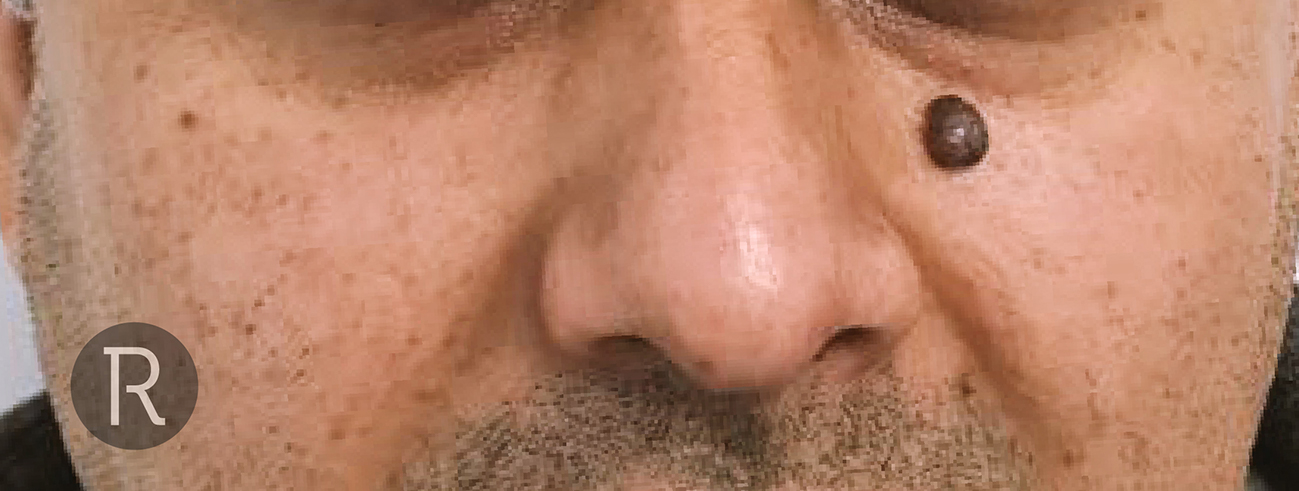
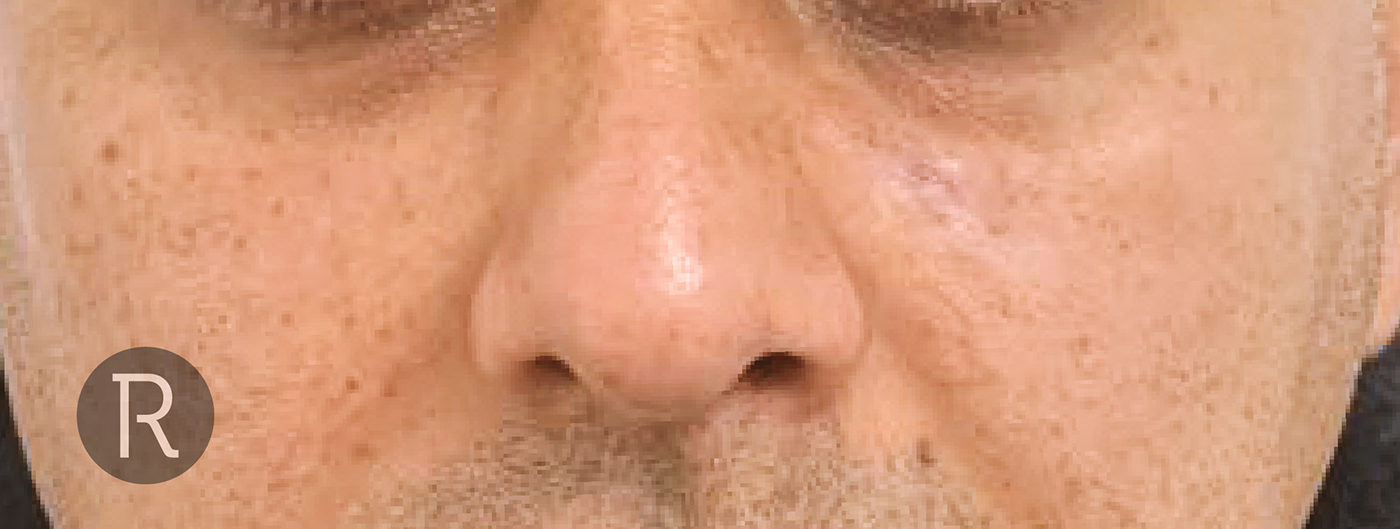
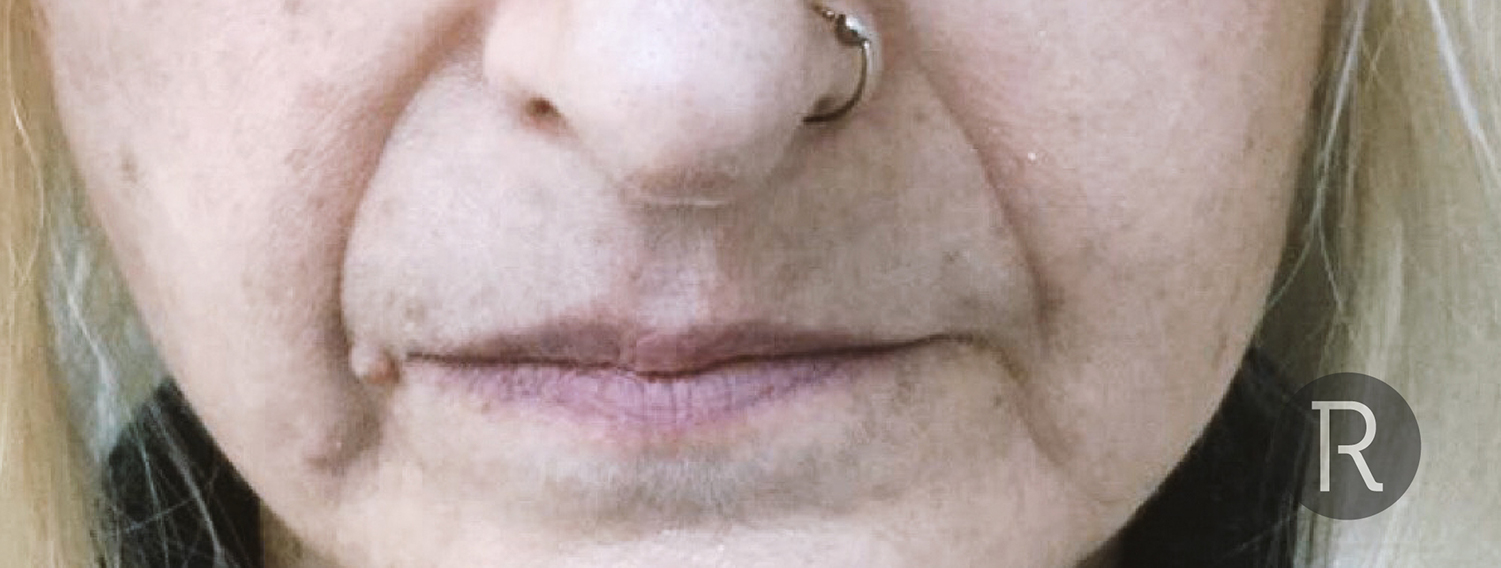
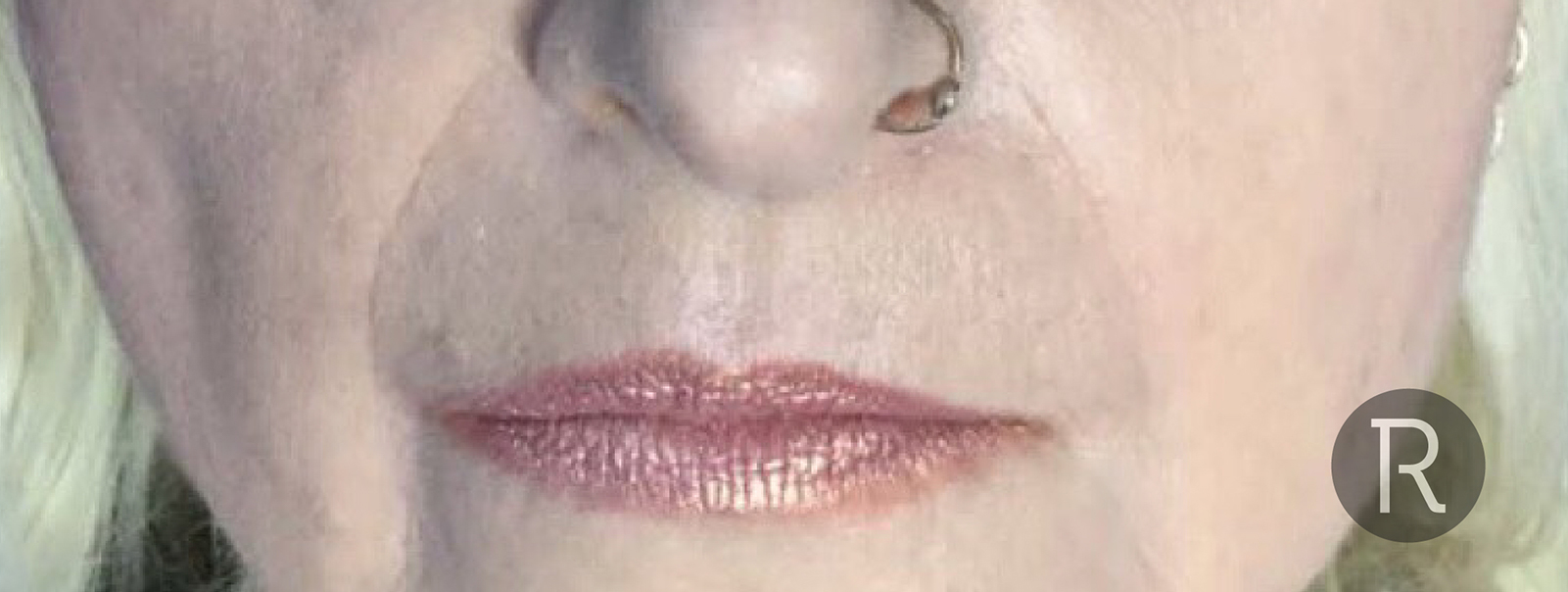
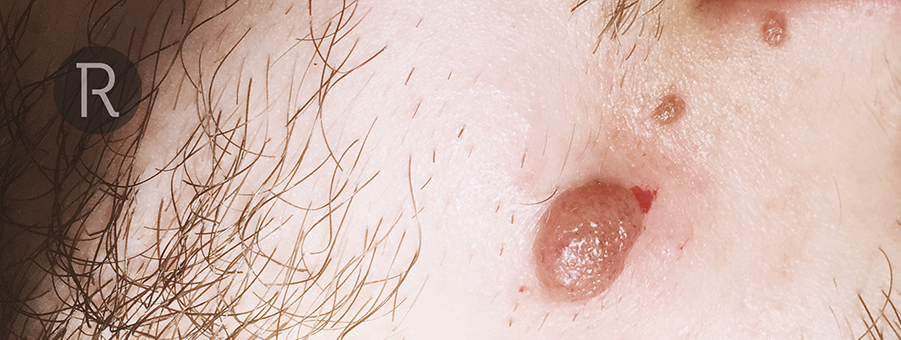
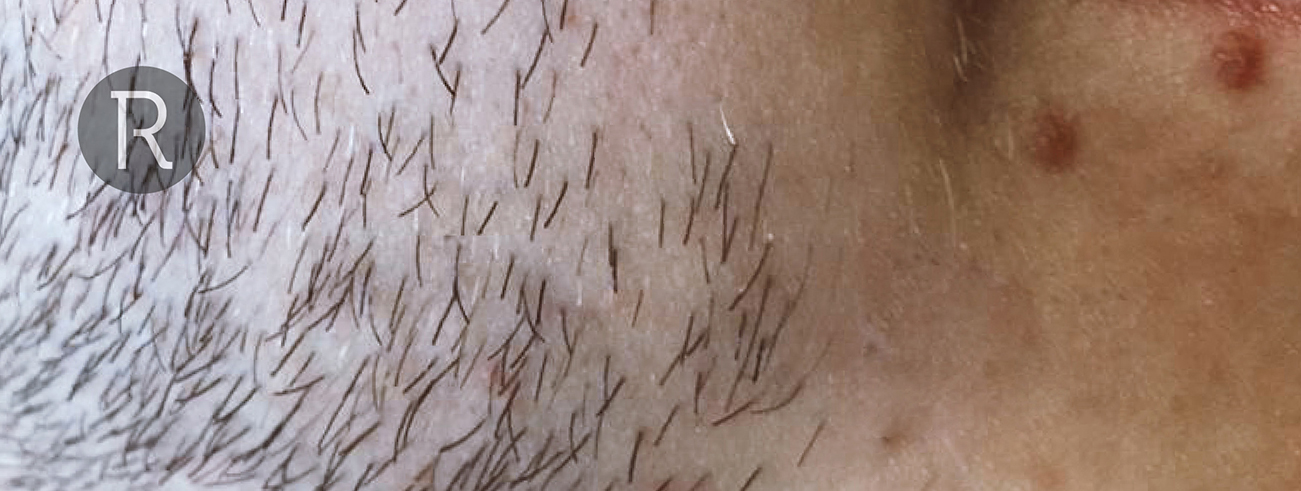
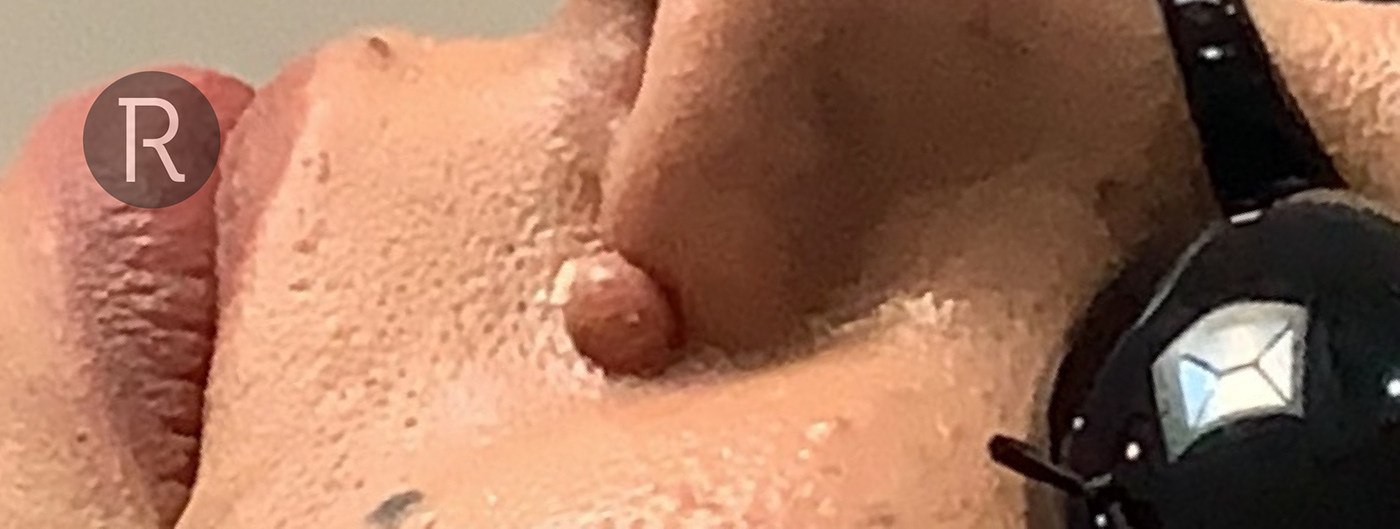
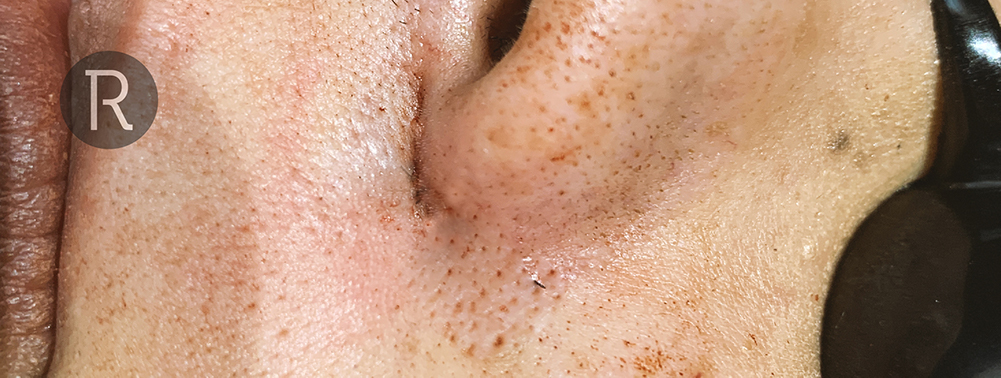
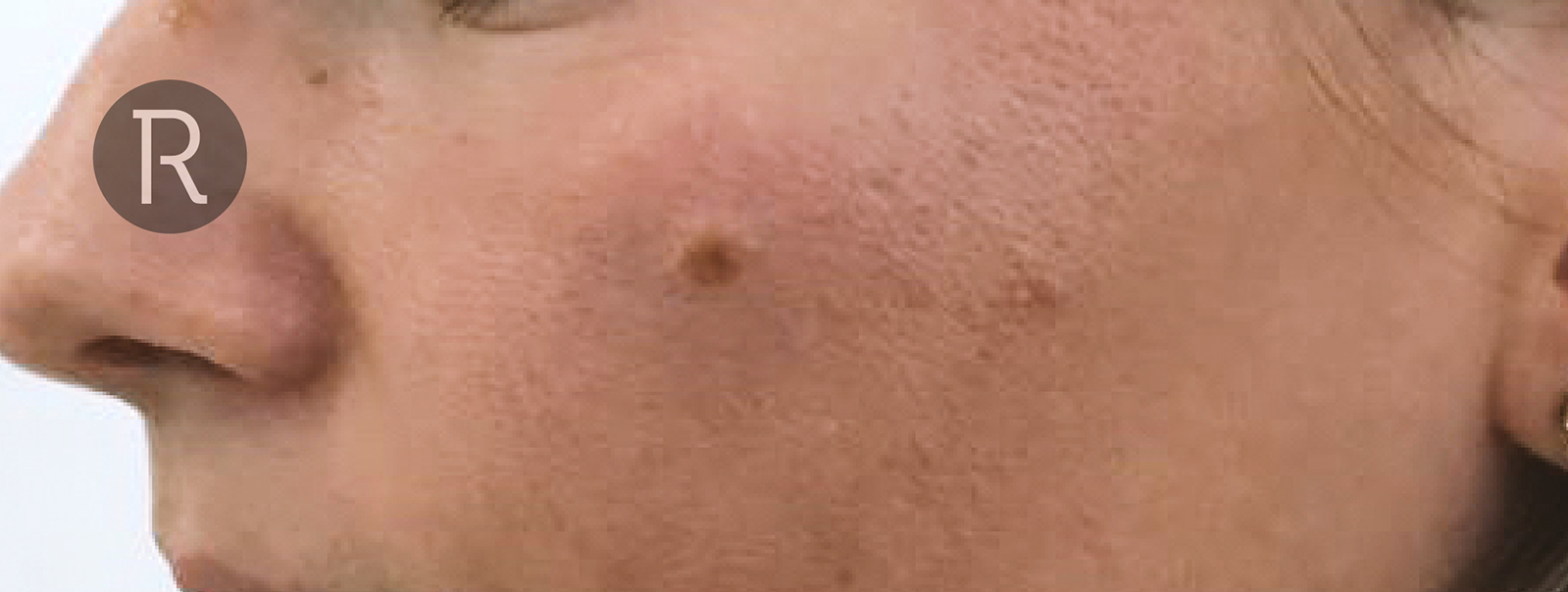
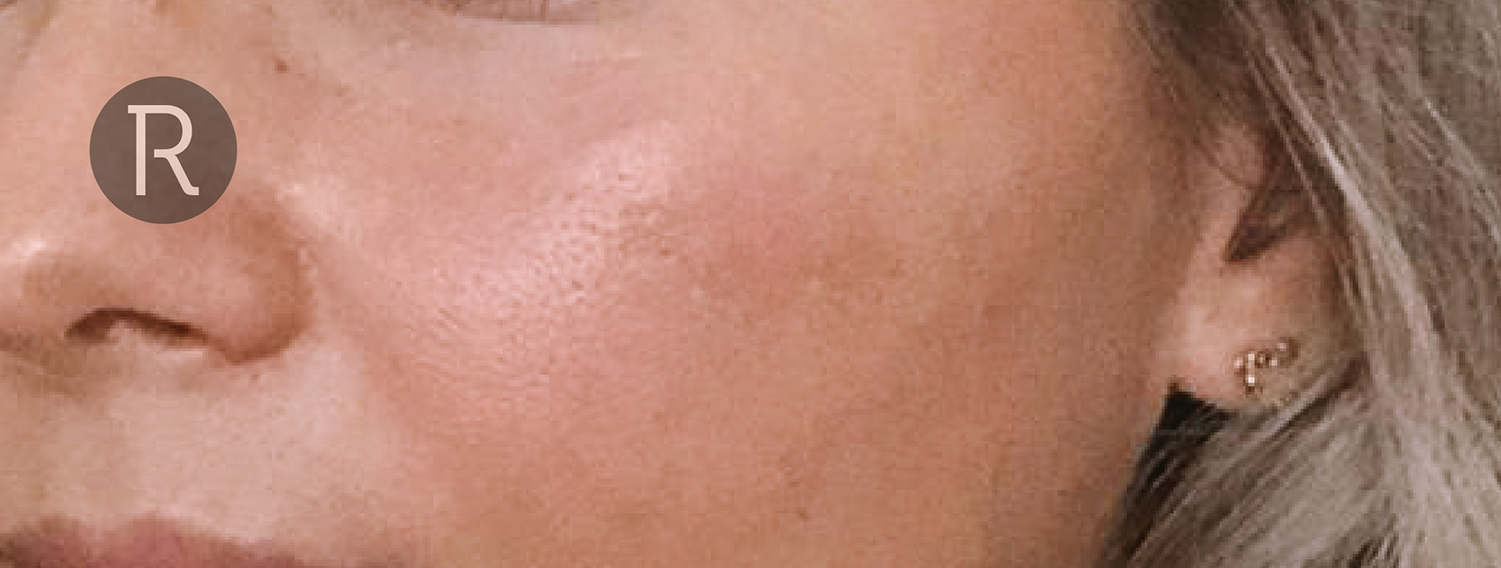
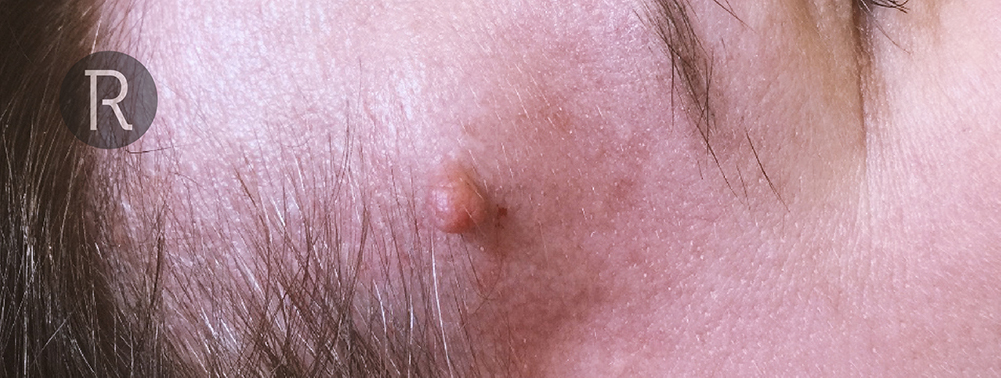
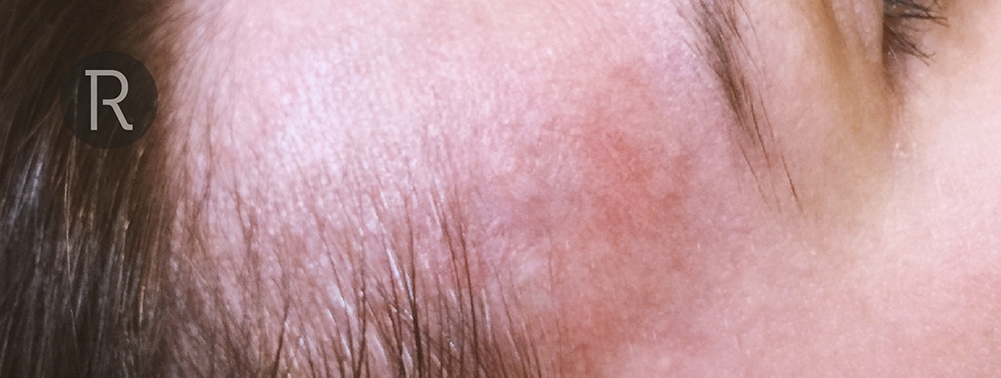
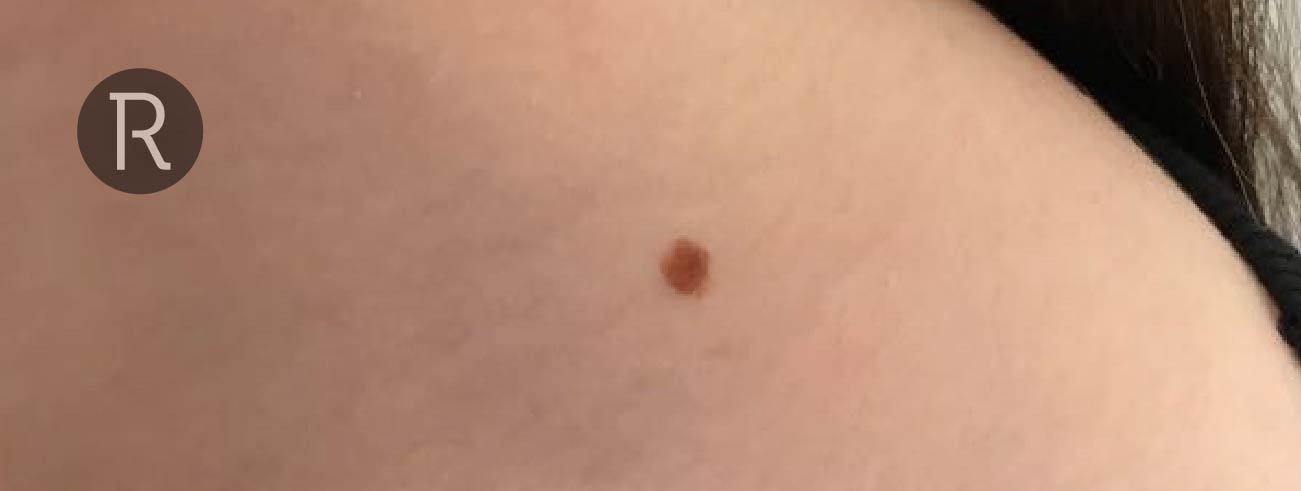
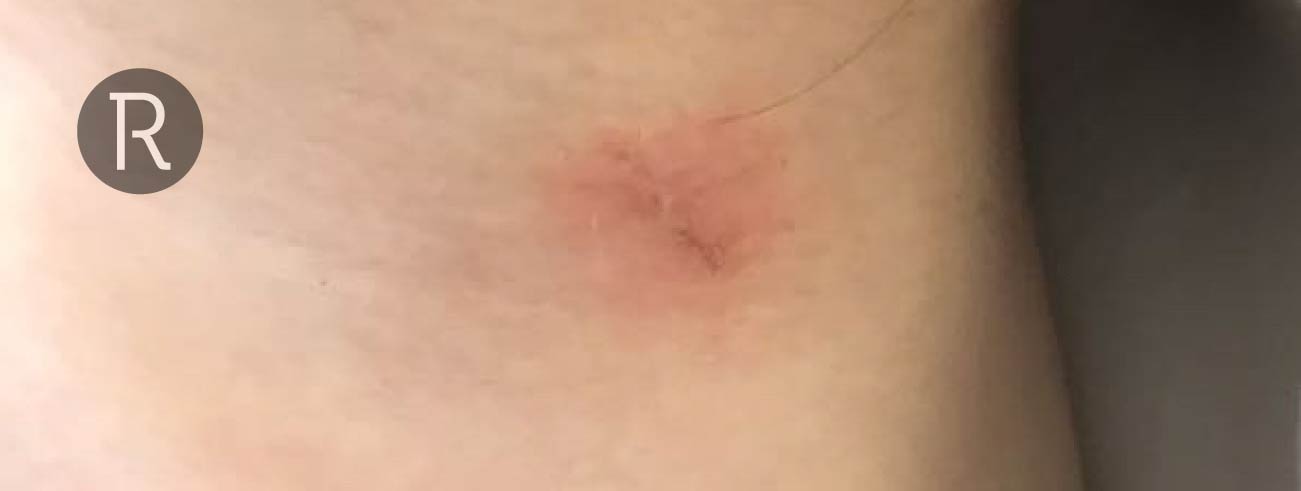
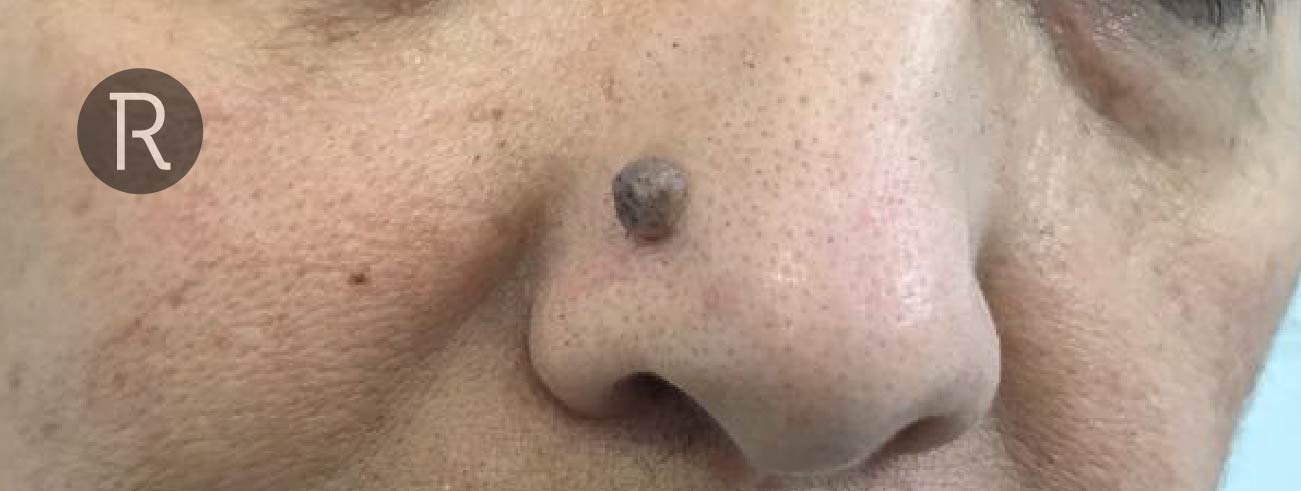

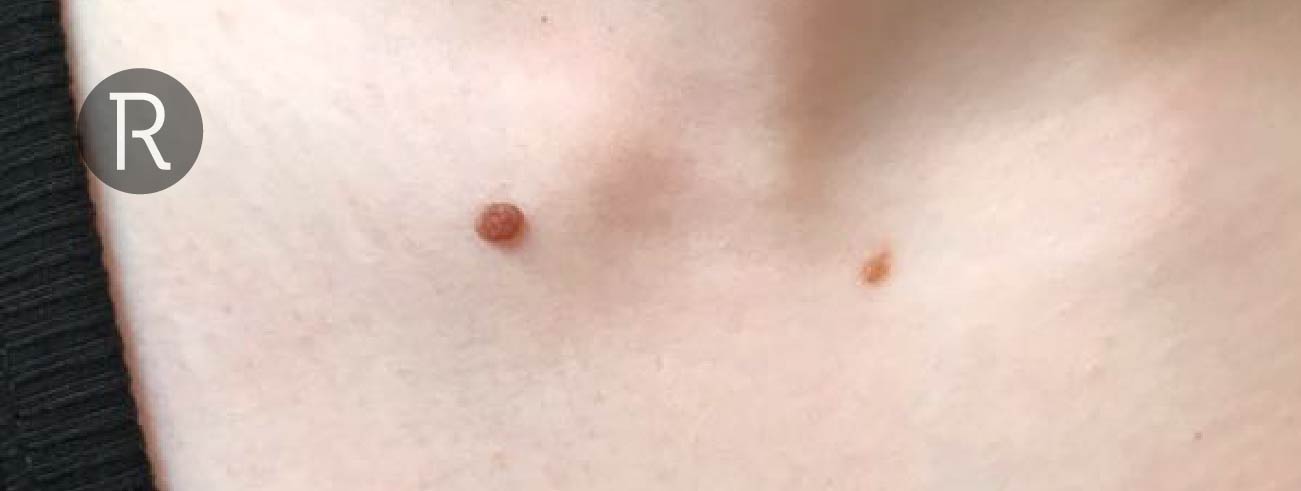
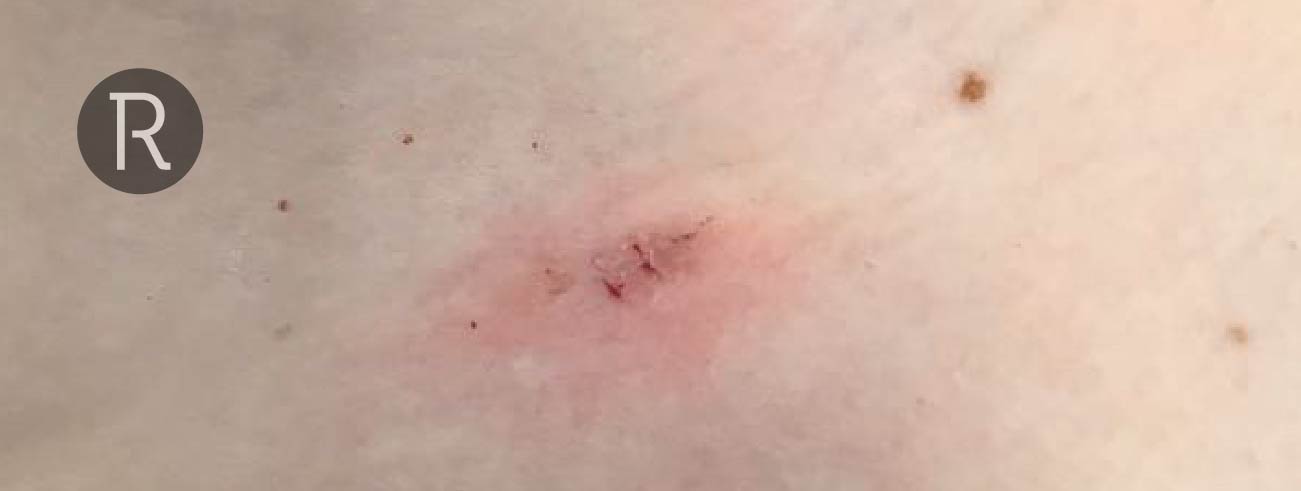
©Individual results may vary.
Rejuvence Mole Removal Philosophy in London
At Rejuvence we specialise in the removal of moles in London with excellent cosmetic results. We perform all mole excisions under high power magnification and have a lot of experience, especially when it comes to removing moles from delicate areas of the face as well as those that are quite large and require advanced techniques to get a good cosmetic result. We are CQC registered and you can rest assured that you will be delighted with the outcome.
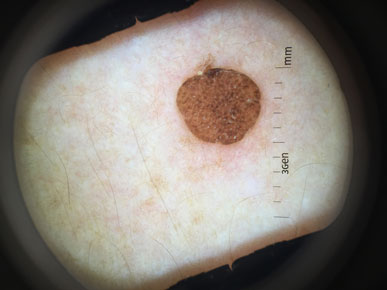
Smaller moles can be removed using a punch biopsy technique and the wound is then closed with a couple of stitches. The stitches often need to be removed in 7 to 10 days time, depending on where the mole is. The resultant scar is very small. The procedure is carried out under local anaesthetic. The only discomfort that is felt is the sting from the local anaesthetic. The rest of the procedure is painless. Multiple moles can be removed at the same time using this technique.
The derma blade is a specially designed curved blade that can be used to remove a variety of lesions from the body. The derma blade is often not the best option for moles, as it works best with lesions that have a ‘stalk’ rather than a wider flatter base. To this effect the derma blade is fantastic for skin tags and some warts but not for moles, especially larger ones. This technique is performed under local anaesthetic.
This is the gold standard method for the excision of moles. This technique is especially good for the removal of larger moles and can be used on any part of the body. It involves cutting around the mole in the form of an ellipse. This means that the resultant scar is slightly longer than the maximum width of the mole but it results in a scar that is completely flat with no rippling or puckering of the skin. In certain parts of the body, and especially where the mole is quite large, slightly more advanced techniques need to be used to get a good cosmetic finish. This technique is also carried out under local anaesthetic. Hence after the initial sting of the anaesthetic there is no further pain. Stitches are used to close the resultant defect and these often need to be removed in 7 to 10 days time.
Any form of treatment to have a mole removed will leave some sort of a scar. The larger the mole the larger the scar. The extent of the scar is also dependent upon where the mole is. Moles on the back tend to leave behind a more prominent scar and those of Asian and Afro-Caribbean backgrounds are at greater risk of developing raised (hypertrophic) and keloid scars. Hence, it is extremely important to go to a clinic specialising in mole removal and have an in depth discussion with the doctor beforehand. The removal of moles on the face and neck tend to heal extremely well.
The cryopen is a very popular technique for removing skin lesions. The cryopen uses liquid nitrogen to freeze the lesion of concern and over the course of a couple of weeks the lesion tends to shrink and eventually fall off. Often repeat treatments may be necessary. The treatment is often painless and extremely quick. Some moles can be treated with cryopen but often this is not the best solution.
Laser and plasma treatments can be used to remove moles but the results can be variable. These are usually best for very small, flat moles. They are not the best option for larger raised moles.
It is normally possible to have multiple moles removed at the same sitting but this is at the discretion of the doctor and a consultation beforehand is extremely important. The number of moles that can be removed is often dependent upon their size and the amount of local anaesthetic that is needed.
We can provide a histopathology service to confirm the exact cellular nature of the mole. This is, however, an additional cost. Please also bear in mind, that prior to going ahead with any excision we will conduct a thorough assessment of your moles in clinic and if we feel that there is a risk that it could be cancerous in nature we will arrange referral to a specialist in the private sector or help arrange an urgent review with your GP.












